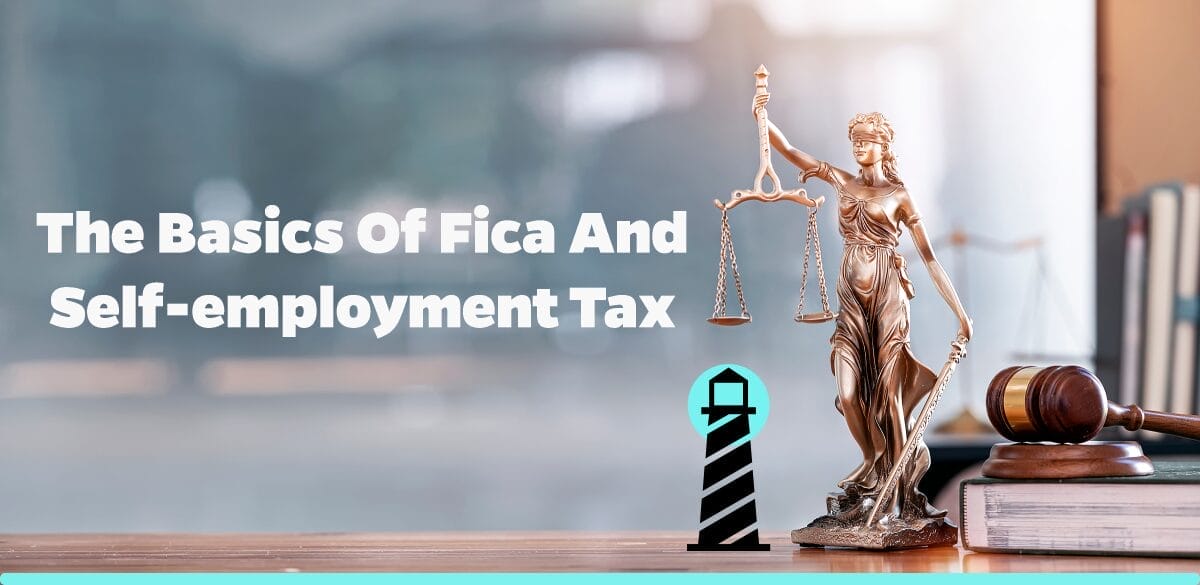Understanding FICA and Self-Employment Tax
At Brightside Tax Relief, we pride ourselves in providing a ray of light to self-employed individuals grappling with the maze of U.S. federal taxes. A significant part of this puzzle is understanding how self-employment tax, particularly the Federal Insurance Contributions Act (FICA) Self-Employment tax, operates.
What is FICA?
FICA stands for the Federal Insurance Contributions Act. It’s a U.S. federal payroll tax implemented towards funding Social Security and Medicare—beneficial programs offering coverage for retirees, the disabled, and children of deceased workers. Both employees and employers split the cost of these taxes, paying an equal share.
How does FICA apply to the Self-Employed?
For employees, the FICA tax will show up as a line on your paycheck stub, but when you’re self-employed, it’s a different story. As a self-employed individual, the FICA Self-Employment Tax applies to you. Because you are your own employer, you bear full responsibility for your FICA taxes, paying both the employee and the employer share.
The FICA Self-Employment Tax comprises:
– Social Security Tax of 12.4% on the first $142,800 of your net earnings in 2021. Above this threshold, there are no additional social security taxes due.
– Medicare Tax of 2.9% on all your net earnings. There isn’t an upper limit or cap for this tax.
This totals to 15.3% of a self-employed individual’s net earnings going towards FICA.
Deducting Half of Your FICA Taxes
There is a silver lining amidst these taxation nuances. As a self-employed individual, you may deduct half of your FICA Self-Employment Tax. The logic behind this stems from the tax structure for standard employment. Regular employees only pay FICA taxes on their earnings after their employer contribution has been deducted. Therefore, to level the playing field between employed and self-employed workers, the IRS allows self-employed individuals to deduct half of their FICA tax from their income.
Calculating Net Earnings
Net earnings pertain to your income after subtracting all your business expenses. Only then are FICA taxes applied. Any business expenses related to your work are deductible before you calculate your self-employment taxes. Essentially, the net profit represents the amount subjected to FICA taxes.
Scheduled Estimated Tax Payments
Another aspect to bear in mind is the need to make estimated tax payments throughout the year if you’re self-employed. It’s a proactive system, predicting your tax liability based on your current year’s income. These estimates are then paid quarterly, enabling the self-employed to manage and meet their tax obligations timely. If you underestimate (thereby underpaying), you may incur a penalty from the IRS.
Conclusion
Deciphering tax obligations can be daunting, particularly when it comes to navigating the intricacies of FICA Self-Employment Tax. However, knowledge often turns financial challenges into opportunities. Realizing how these taxes support beneficial social programs and understanding your potential deductions can make the process more manageable. At Brightside Tax Relief, our commitment is to illumine the path to clarity, eliminating the stress and guesswork from your tax obligations.
For more comprehensive information on self-employment tax, consider visiting the official IRS website, a rich, reliable resource. In particular, this page provides insightful direction on self-employment tax, FICA, and their associated implications.
Remember, it’s not only about staying compliant with your FICA Self-Employment Tax, but also leveraging the law to protect your income and maximize tax benefits. When in doubt, feel free to reach out to our tax professionals at Brightside Tax Relief. Our mission is to ease your tax burdens while ensuring you stay on the right side of Uncle Sam.




